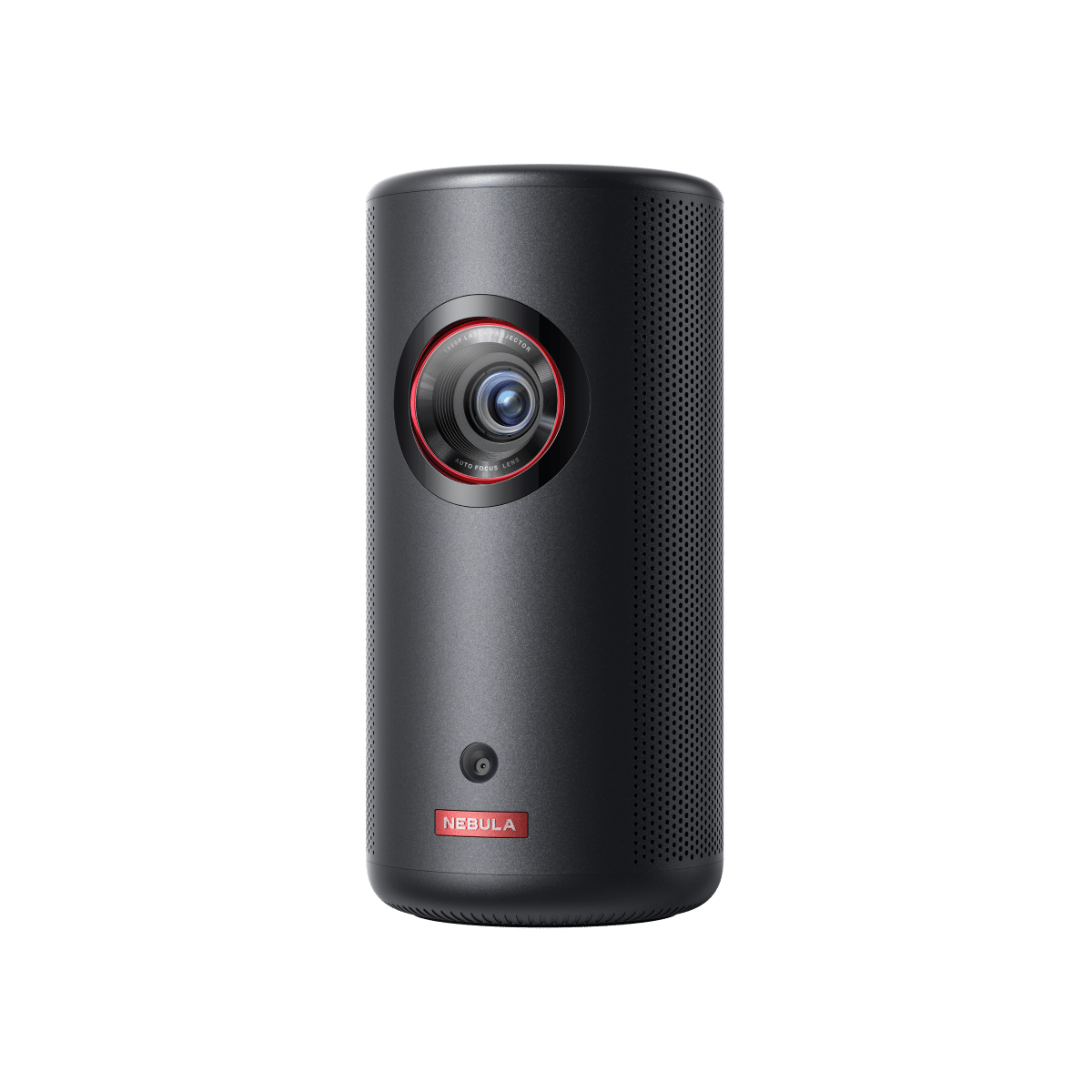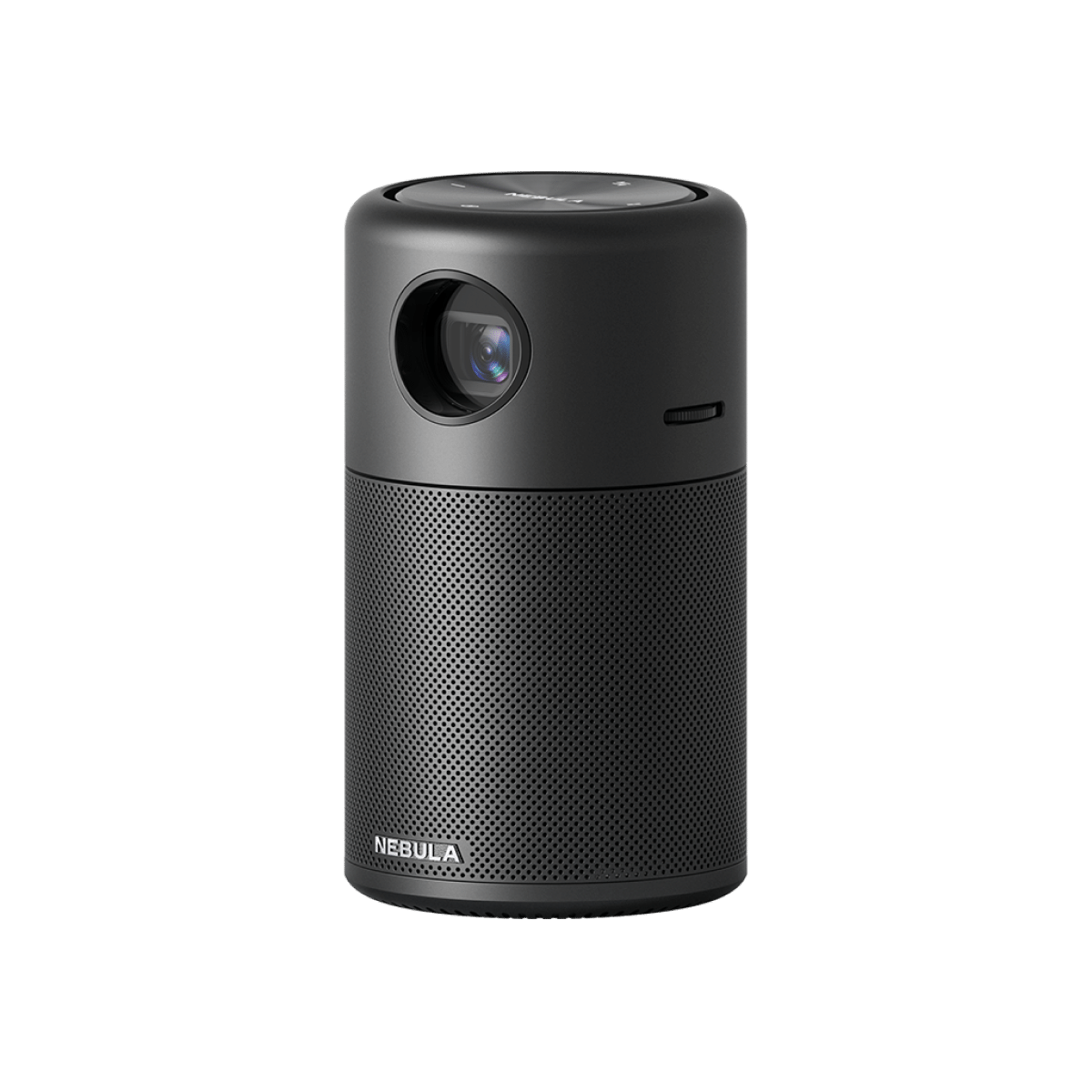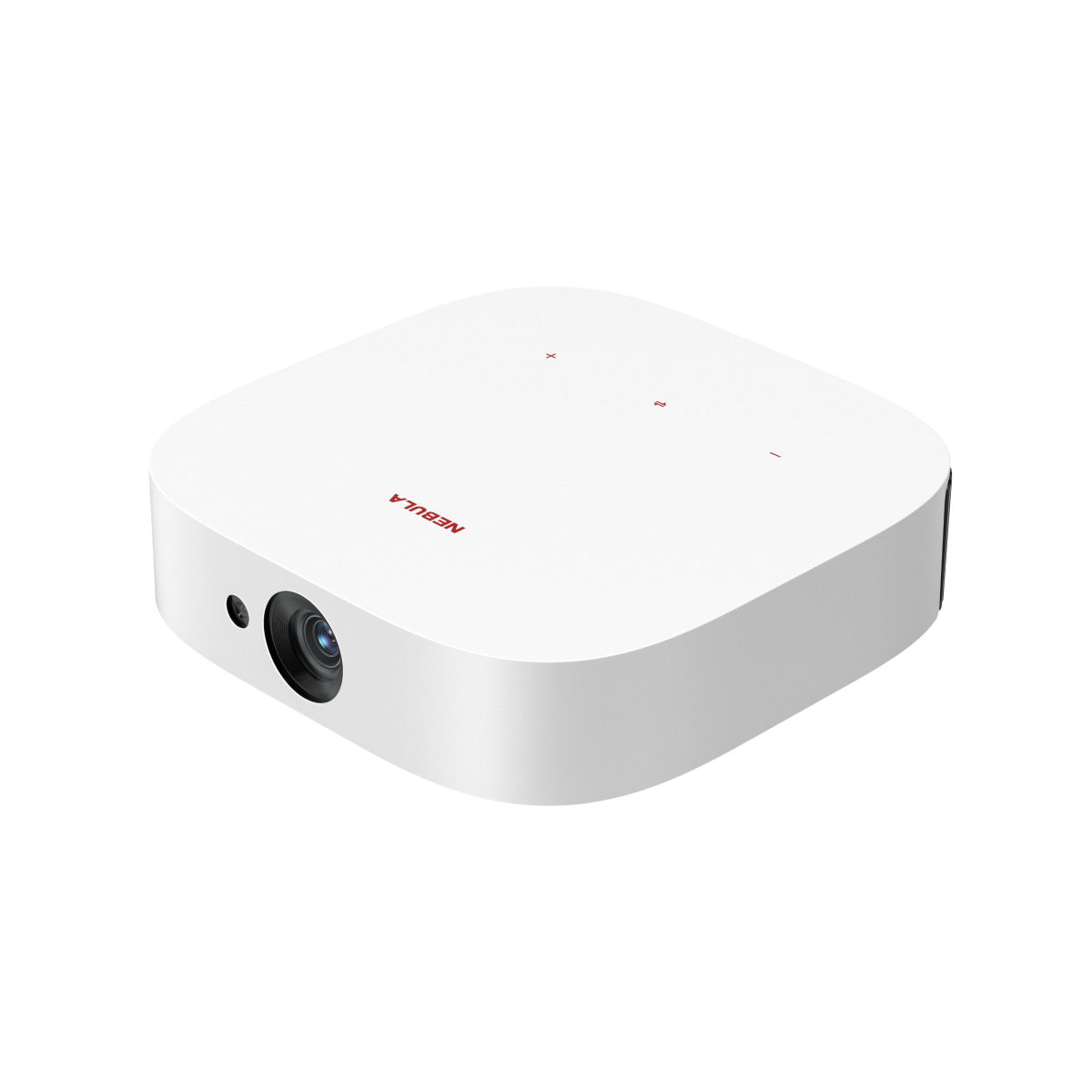In the constantly evolving landscape of home entertainment and cinematic displays, two terms have been dominating the scene: UHD resolution vs 4K. At first glance, these terms might seem synonymous; however, there's more to the story. This article dives deep into understanding what UHD vs 4K are, their unique features, and how they can impact the world of projectors. Moreover, let's unravel the concept of 4K Ultra HD, which combines the best of both worlds, and discover whether it's simply a marketing gimmick or the future of visual display technology. Get ready to step into the pixel-perfect world of enhanced resolution and immerse yourself in the unparalleled viewing experience.

What is 4K
4K, also known as 4K resolution, introduces a significantly higher standard of image quality in the digital world. The '4K' refers to the horizontal pixel count, boasting approximately 4000 pixels. The more pixels an image contains, the denser it is, resulting in a crisper and richer picture quality. Its common resolution format is 4096x2160 pixels, predominately used in the professional production and digital cinema realm, where the name originates.
Pros
- An obvious advantage of 4K is its high-quality, clear, and realistic image production, thanks to its 4096x2160 pixels.
- 4K boasts a larger color palette, offering significant depth and a range of hues.
- Fast-moving scenes tend to be more coherent and less blurry.
Cons
- As of now, there is a limited supply of 4K content available.
- Streaming 4K visual content requires high bandwidth, which can be an issue in homes with multiple users or slower internet speeds.
- Hardware that fully supports 4K, such as TVs, computer monitors, and transmission cables can be quite pricey.
What is UHD
UHD, or Ultra High Definition, is another high-resolution standard but used predominantly in the consumer display and broadcast market. Is UHD 4K? Is 2160p 4K? To answer both, technically speaking, no. UHD is often advertised as '4K' for its close resemblance. However, the standard UHD resolution is 3840x2160 pixels (4 times the full HD pixel count), slightly less than the cinematic 4K resolution.
Pros
- UHD provides a highly detailed and sharper image quality, four times higher than a 1080p full HD screen.
- UHD screens can display a broader array of colors more accurately.
- Most of the consumer-focused devices and broadcasts now support UHD.
Cons
- Though minor, between 2160p vs 4k, UHD's resolution is lesser than the cinema industry's 4K resolution.
- Is UHD the same as 4k in terms of pricing rate? Yes. Similar to 4K, there's a notable cost when upgrading to UHD-enabled devices.
Differences Between UHD and 4K in Projector
Understanding the differences between UHD and 4K is mostly significant when evaluating projectors for home or professional use. While the two terms are used interchangeably in the consumer market – with both offering a resolution of 3840x2160p – it's important to note that 'true 4K' (4096x2160 pixels) is primarily meant for the digital cinema industry.
Moreover, the term 4K in the digital cinema realm has to be differentiated based on aspect ratios for Flat (1.85:1) and Scope (2.39:1) presentations. Flat has a specific resolution of 3996x2160 pixels, while Scope includes 4096x1716 pixels, slightly narrower and wider than UHD, respectively. These variations are critical for ensuring the best image fidelity when presenting movies in different formats based on the creator's intent.
Hence, while both UHD and 4K provide sharp, high-quality images, the ultimate deciding factor may come down to what type of content will be displayed. Discerning between these closely similar resolutions depends on the user's specific
needs and the particular context of use, such as a home theater setup or a commercial cinema.
And because we care for you, we have something just for you! For the ultimate cinematic experience at home, Nebula offers an exceptional lineup of 4K projector. Brimming with cutting-edge technology, these projectors deliver a truly immersive entertainment experience. Explore dazzling detail and striking clarity, all encapsulated in Nebula's 4K projectors. Settle for nothing less than extraordinary, because your home deserves the best.

What is 4K Ultra HD
What is 4K UHD? In layman's terms, 4K UHD meaning is the technological fusion of 4K and UHD resolution, designed specifically for the television and consumer tech markets. It offers a standard resolution of 3840x2160 pixels, the same as UHD, but with added benefits of high dynamic range (HDR), wide color gamut (WCG), and high frame rate (HFR) to ensure richer colors, brighter highlights, and smoother motion.
Although it possesses the same pixel count as UHD, 4K UHD resolution is superior in generating a broader range of colors and contrasts due to the incorporation of HDR and other technologies. However, to fully take advantage of 4K Ultra HD, native content must also be shot or post-processed in 4K, and the viewing device must support these high-performance features.
Conclusion
Ultimately, navigating the maze of visual technology might seem daunting, but the differentiating elements of UHD vs 4K rest comfortably within your grasp as you endeavor to elevate your view. Embrace the challenge and know that this advanced technology's clarity and detail will not disappoint. As you open up to the grandeur of either a UHD or 4K projector, you'll undoubtedly embody the phrase — so to a richer, clearer viewing experience, we say, "lights, projector, action!"
FAQ
Below are some frequently asked questions about UHD vs 4K.
What is the difference between 4K Full HD and Ultra HD?
UHD and 4K are often used interchangeably, but there is a difference. UHD generally refers to the resolution of 3840 × 2160 pixels, and it's the common resolution for TVs and monitors. On the other hand, 4K Full HD, often called just 4K, is technically a professional production and cinema standard and refers to a resolution of 4096 x 2160 pixels.
Is 4K UHD better than 4K?
Neither 4K UHD nor 4K is inherently superior. The difference between them is mostly about usage context. 4K UHD, which stands for Ultra High Definition, is often a consumer display and broadcast standard, with an aspect ratio of 16:9. True 4K, on the other hand, has a slightly higher resolution and is mainly used for professional production and cinema, with a wider aspect ratio. The viewable difference between 4K UHD and 4K to the human eye is minimal, especially on smaller screens, and will often depend more on quality of source content and individual settings.

















